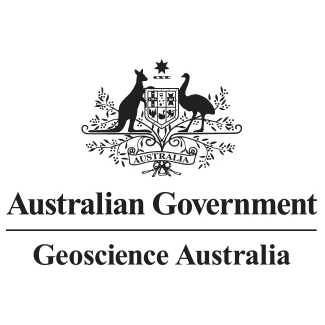Full description
Data package containing an ESRI shapefile and associated comma-separated value table (.csv) of the Pacific islands, including the countries of Cook Islands, Federated States of Micronesia, Fiji, Kiribati, Nauru, Niue, Palau, Papua New Guinea, Republic of Marshall Islands, Samoa, Solomon Islands, Tokelau, Tonga, Tuvalu and Vanuatu. The ESRI shapefile contains polygons of the islands and has been adapted from the World Vector Shoreline dataset, with original scale suitability of 1:250,000 (reference: Soluri, E.A. and Woodson, V.A. 1990. World Vector Shoreline. International Hydrographic Review LXVII(1)).See lineage for more information. The .csv file contains tabular data associated with the island polygons. The file has been adapted to suit the purposes of the companion report by Dixon-Jain et al. (2014). The island polygon shapefile and .csv file can be joined using the common UniqueID field.
The attribute fields within the .csv file include island hydrogeological and physical characteristics. Relative ratings for component of the potential vulnerability framework are included for the two projection periods (2035-2064 and 2070-2099), for each climate hazard (low rainfall periods and mean sea-level rise). See the field list within lineage in the Data Dictionary for more information on the source of each attribute.
The full bibliographic reference for the companion report (catalogue number 79066) is: Dixon-Jain, P., Norman, R., Stewart, G., Fontaine, K., Walker, K., Sundaram, B., Flannery, E., Riddell, A., Wallace, L. 2014. Pacific Island Groundwater and Future Climates: First-Pass Regional Vulnerability Assessment. Record 2014/43. Geoscience Australia, Canberra. http://dx.doi.org/10.11636/Record.2014.043
Lineage
Maintenance and Update Frequency: notPlanned
Statement: Island polygon coverage for the Pacific region was originally derived from the World Vector Shoreline dataset at a spatial resolution of 1:250,000 in the World Geodetic System 1984 (WGS84) coordinate system (reference: Soluri, E.A. & Woodson, V.A. 1990. World Vector Shoreline. International Hydrographic Review LXVII(1)). This dataset was quality checked and verified against ESRI National Geographic base maps (ESRI. 2012. National Geographic World Map - Basemap. USA: ESRI), Google Earth aerial photography as well as Google international borders and coastlines (Google Inc. 2012. Google Earth (Version 6.2.2.6613)). This dataset was further checked and some areas re-digitised against a number of larger and smaller-scale (ranging from 1:10,000 to 1:1.5 million) hydrographic charts, specifically for the countries of Niue, Tonga, Tokelau, Western Samoa and parts of Cook Islands (reference: New Zealand Hydrographic Authority. 2012. Various charts. New Zealand: Land Information New Zealand (LINZ)). The resulting polygon dataset was projected into the World Mercator projection in order to generate island areas and for consistency with other datasets. The number of islands represented in the database is 5,644.
The main island of Papua New Guinea (east New Guinea) has been sub-divided into three areas based on its hydrogeology. For the analysis of relative potential vulnerability, and the components of the vulnerability framework, east New Guinea was treated as three separate regions. A single polygon of the entire island has been included in the database for assigning an island type, maximum elevation and maximum width. The total number of records represented in the database is 5,647.
Issued: 2014
text: westlimit=129; southlimit=-29; eastlimit=-134; northlimit=17
Subjects
Data Package |
Environmental Science and Management |
Environmental Sciences |
Published_External |
geoscientificInformation |
User Contributed Tags
Login to tag this record with meaningful keywords to make it easier to discover
Other Information
Dataset and Documentation
uri :
https://d28rz98at9flks.cloudfront.net/81575/Pacific_Islands_Dataset.zip![]()
Project overview
Associated publication: Pacific Island Groundwater and Future Climates: First-Pass Regional Vulnerability Assessment
Identifiers
- DOI : 10.4225/25/5418CE78535CF

- Local : pid.geoscience.gov.au/dataset/ga/81575
- global : fb867431-2510-19c0-e044-00144fdd4fa6


